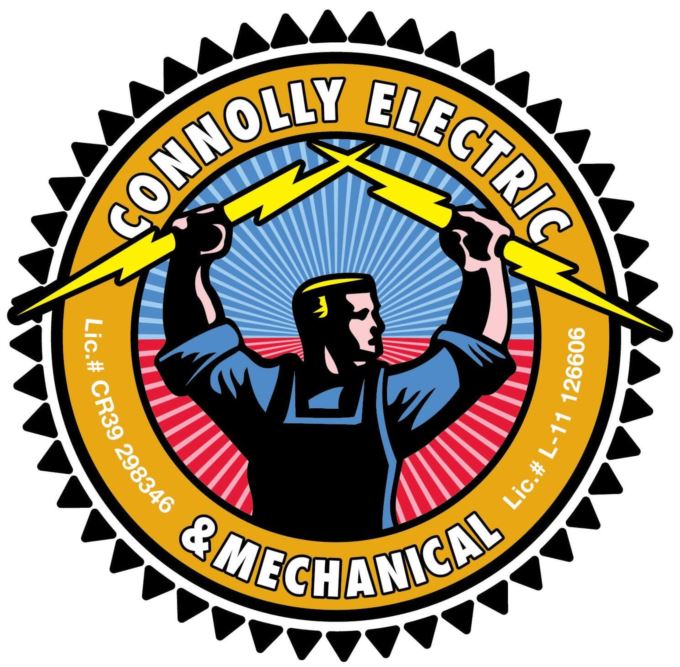
You shouldn’t need to sacrifice comfort or spend a lot to keep your home at a pleasant setting during hot days.
But what is the best setting, exactly? We go over suggestions from energy professionals so you can find the best temperature for your family.
Here’s what we suggest for the most energy-efficient setting for air conditioning in Cottonwood & Prescott.
Recommended Thermostat Settings for Summer
Most households find placing the thermostat at 72-73 degrees provides ideal comfort. However, if there’s a big difference between your indoor and outside warmth, your cooling bills will be greater.
These are our recommendations based on the U.S. Department of Energy (DOE) and ENERGY STAR®.
While at home: 78 degrees. While that seems warm, there are ways you can keep your residence refreshing without having the AC going all the time.
Keeping windows and curtains closed during the day keeps chilled air where it should be—within your home. Some window treatments, such as honeycomb shades or plantation shutters, are made to offer more insulation and enhanced energy conservation.
If you have ceiling fans in your residence, the DOE says you can move thermostat temps about 4 degrees warmer without sacrificing comfort. That’s because they cool by a windchill effect. Since they cool people, not spaces, switch them off when you move from a room.
If 78 degrees still appears too uncomfortable on the surface, try running a trial for a week or so. Begin by upping your setting to 78 degrees while you’re at your house. Then, gradually turn it down while following the ideas above. You may be shocked at how cool you feel at a hotter temperature setting.
While away: 88 degrees. There’s no rationale for keeping the air conditioning working all day while your residence is unoccupied. Moving the setting 7–10 degrees higher can save you anywhere from 5–15% on your cooling bills, according to the DOE.
When you get home, don’t be tempted to switch your thermostat colder than 78 to cool your house more rapidly. This isn’t effective and often produces a higher air conditioner cost.
A programmable thermostat is a helpful approach to keep your settings under control, but it requires setting programs. If you don’t utilize programs, you risk forgetting to change the set temperature when you leave.
If you need a handy solution, consider buying a smart thermostat. This thermostat links with your phone, so it knows when you’re at your residence and when you’re gone. Then it intuitively adjusts temperature settings for the best savings. How much exactly? An estimated $180 annually on heating and cooling, according to ENERGY STAR.
Another plus of using a smart thermostat? You can use your phone to monitor and regulate temperature settings from almost anywhere.
While sleeping: Around 70 degrees. While ENERGY STAR advises 82 degrees, that might be unbearable for most families. The majority of people sleep better when their bedroom is cold, so that’s why the National Sleep Foundation suggests 60–67 degrees. But that may be too cool, depending on your PJ and blanket preference.
We recommend running a comparable test over a week, moving your thermostat higher and slowly decreasing it to pinpoint the right temp for your residence. On mild nights, you may discover keeping windows open at night and running a ceiling fan is a preferable solution than using the air conditioning.
More Approaches to Use Less Energy This Summer
There are other methods you can save money on AC bills throughout the summer.
- Buy an energy-efficient cooling system. Central air conditioners only are effective for about 12–15 years and become less efficient as they get older. A new air conditioner can keep your house more comfortable while keeping AC costs down.
- Book yearly air conditioner service. Regular air conditioner maintenance keeps your system operating properly and may help it run at greater efficiency. It can also help extend its life span, since it enables technicians to discover small troubles before they cause a major meltdown.
- Put in new air filters frequently. Read manufacturer instructions for replacing your air filter. A clogged filter can cause your system to short cycle, or switch on and off too often, and increase your energy.
- Inspect attic insulation levels. Almost 90% of residences in the United States don’t have enough insulation, according to the Insulation Institute. Most southern climates should have 13–14” of attic insulation, while northern climates should have 16–18”.
- Have your ductwork examined. Ductwork that has loosened over time can let cool air into your attic, walls or crawl space. This can create huge comfort problems in your home, such as hot and cold spots.
- Seal cracks, doors and windows. Keep warm air in its place by plugging openings. You can also caulk or weather strip doors to seal more conditioned air indoors.
Use Less Energy During Warm Weather with Connolly Electric & Mechanical
If you want to save more energy this summer, our Connolly Electric & Mechanical specialists can provide assistance. Give us a call at 928-251-4327 or contact us online for additional information about our energy-saving cooling solutions.




